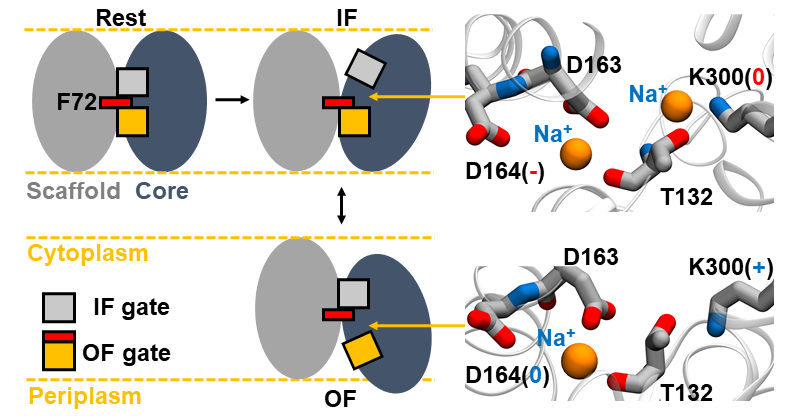Lab overview
We explore the microscopic world of biology and chemistry through a computer that simulates the movement of a biomolecule and visualizes it on the screen, like a movie. The conformational change of a protein could be observed. Here a biologist might kindly remind us that such a change is connected with its biological function. Pushed by the curiosity, we would keep moving forward and finally we might be the one who tells the world for the first time how the protein functions. In the meantime, we are interested in algorithm or software development which is fundamental for a dry lab to investigate complex biological systems. If you have any questions, please do not hesitate to contact Dr. Huang via yandonghuang@jmu.edu.cn.
Research interests

